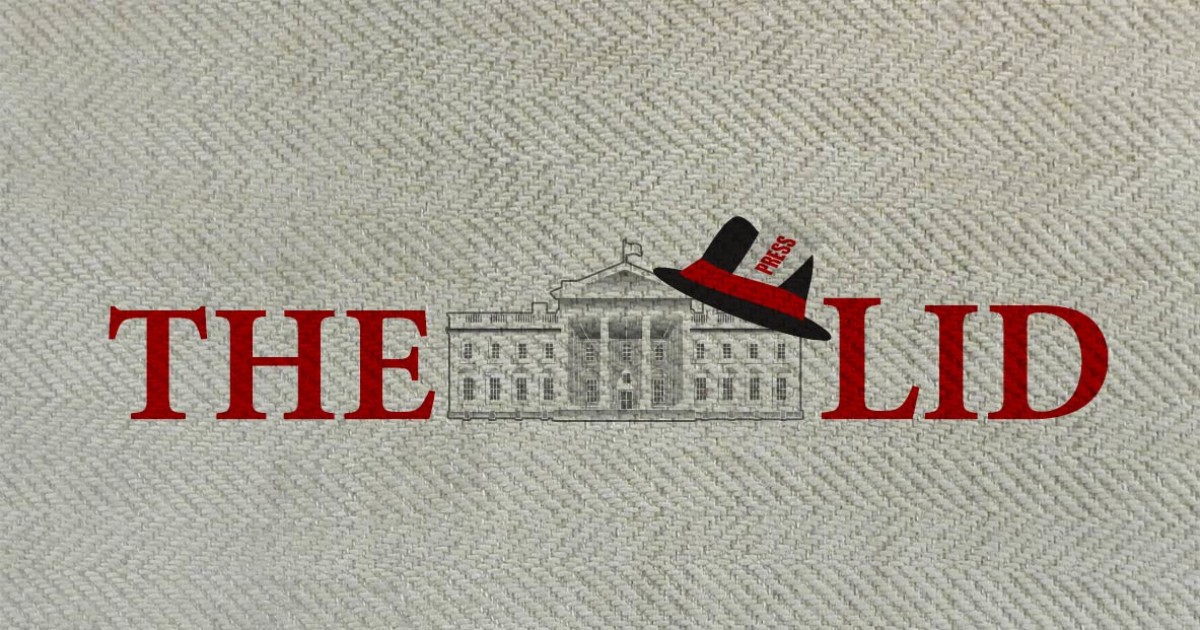Guest Post by By Christopher Collins
Thomas Del Beccaro, a Forbes contributor stated that when Hillary said at the debate that the tax rate cut during the Bush Administration led to an economic downturn, he said that it is impossible for tax cuts to cause a downturn.
The liberal left has always stated that lowering taxes favors the rich, yet no one has been able to come forward to show that a poor person has ever created a job.
At the debate, Clinton stated, “We had the worst financial crisis, the Great Recession, the worst since the 1930s. That was in large part because of tax policies that slashed taxes on the wealthy, failed to invest in the middle class, took their eyes off of Wall Street, and created a perfect storm.”
Beccaro pointed out there are only 7 things that company can do with that money in which one of those is that companies can hire additional people, they are making money and buying products from companies (like shoe stores or grocery stores or car dealers) who in turn buy products and employ more people to meet that demand. That increases the size of the economy. Not to mention, buying power of the consumer creates more purchasing power for the consumers.
Beccaro proved as history has shown that the top tax rate under FDR, Truman and Eisenhower was above 90% and it was reduced to 70% when President Johnson accepted John Kennedy’s idea and signed into law the tax rate reduction. It had a very positive effect because it allowed many people and businesses to retain more of their own money short term and long term.
The restored incentive helped the economy expand for 3 years at a rate that exceeded 5 percent and because there were more economic transactions, federal revenue actually increased 62% after the tax rate reduction.
Along with Beccaro’s assessment, the Heritage Foundation produced a study concerning former president, Ronald Reagan’s tax cuts.
Edwin J. Feulner, Ph.D. of the Heritage Foundation presented a study by economist Larry Lindsey found that the rate cuts for the highest income brackets paid for themselves by encouraging work and investment. Supply-side economics was a success. The Reagan tax-rate reductions increased tax revenues from $500 billion to $1 trillion by the end of the 1980s.
As Reagan stated with his customary wit, “I knew my ideas were working when the media stopped calling it Reaganomics.”
The Reagan tax cuts of 1981 dropped the top marginal rate from 70 percent to 50 percent, with additional cuts in the tax on capital gains. The top marginal rate was further reduced to 28 percent by 1988.
The result was again an increase in growth in the economy. Real GDP grew by .9 percent per year between 1978 and 1982, and grew by 4.8 percent per year from 1983 to 1986. The unemployment rate was 9.7 percent in 1982. It fell to 7.0 percent by 1986, and was 5.3 percent in January of 1989.
While Clinton and the mainstream liberal media continue to bash tax cuts, Beccaro said, “First, it should be mentioned that the Bush tax rate reductions applied to all taxpayers not just the wealthy. Indeed, many on the bottom rung of the tax ladder were taken off the tax rolls. Hillary’s line was deceptive – a shocker, I know.”
“Second, it is metaphysically impossible for the economy to be hurt because you keep your own money – or for anyone else to keep their money for that matter. So while Hillary was worried about fact checking, she needs to be logic checked,”Beccaro continued.
“Most importantly, as the title of this article states, it is absurd to say that a tax cut reduced the size of the economy. It’s just not possible. Not in the real world. But then again, Hillary has never worked in the real world.”
Crossposted from Conservative Firing Line






